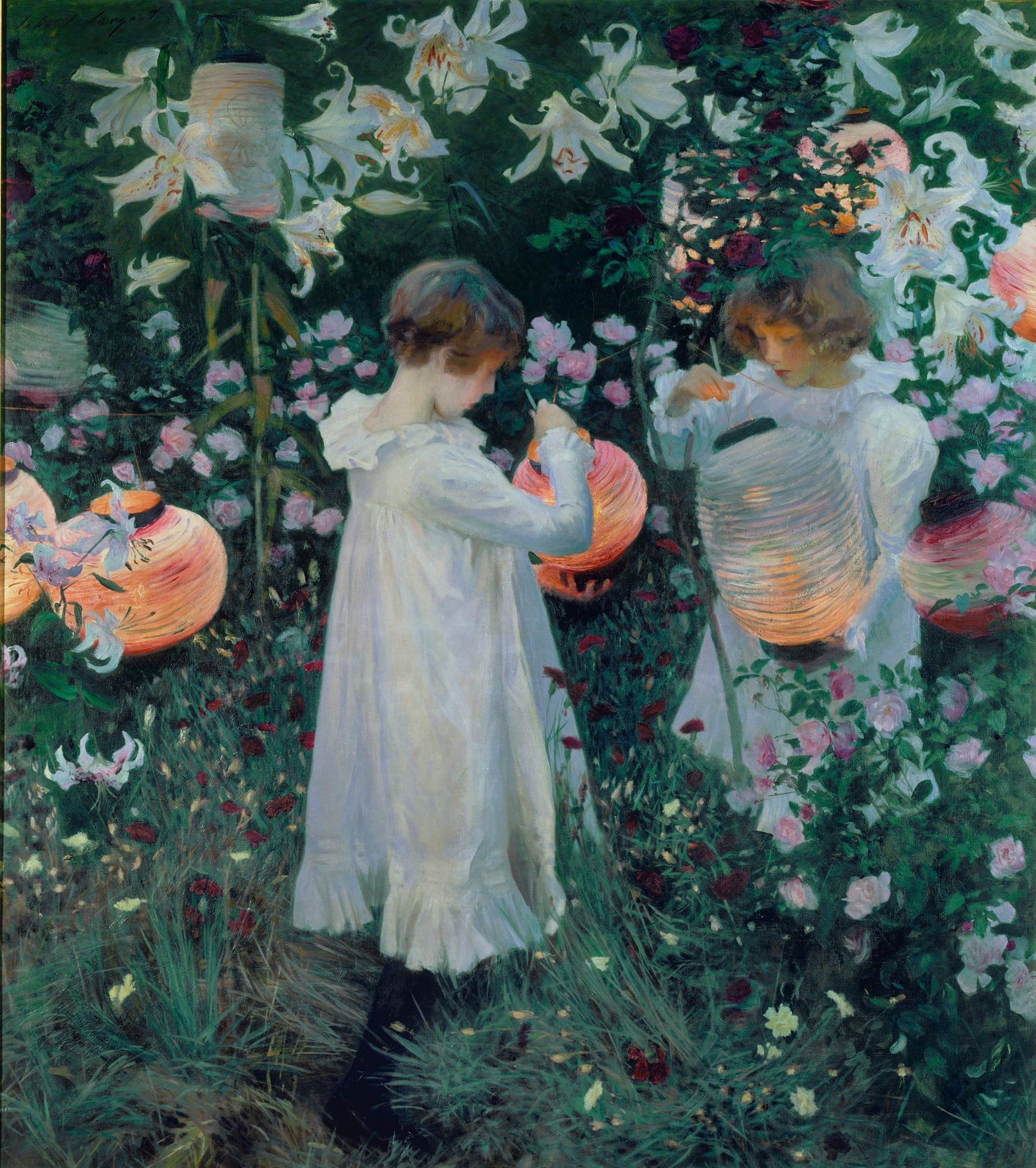Portraits are bland, monotonous, boring, at least, that’s what I used to think before I was exposed to “Every Portrait Tells a Lie” and “How John Singer Sargent Made a Scene”. These pieces highlighted two different, yet profoundly deep interpretations of what a portrait is.
In “Every Portrait Tells a Lie”, Deborah Brehmer draws attention to the way a portrait is made and the contradictions that come with it. It is actually ironic how sometimes the subject of the portrait may be the one that is visually captured in the piece, yet they are not at all actually feeling what is being portrayed. Rather, I feel that on some occasions, the artist’s desires and emotions are what constructs the feelings that are transmitted through the work. The person portrayed is a mere vessel being used to convey the artist’s feelings. For example, Picasso tried to paint a portrait of Gertrude Stein, yet 90 sessions and over a year later, he gave up in frustration and left for an extended vacation. He would go on to complete the painting by memory without the subject there. Only after he put in his own feelings on how she should look, rather than just accepting what reality presented him with, did he feel comfortable with the piece. This goes to show that even though a portrait may depict one thing or evoke one emotional feeling, it does not necessarily represent reality. It just represents what the artist wants to be immortalized. Brehmer points out how a portrait is trying to do the impossible, to capture a perfect still moment and keep it forever, while somehow maintaining the depth of the feeling and the energy of life in a single still shot. It is the narcissism of man realized, the ultimate form of manipulation.
 “How John Singer Sargent Made a Scene” brought to light the impact that portraiture had on the scene at the time. Madame X, now viewed as a priceless masterpiece, was viewed as an abomination. Sargent’s entire work was at one point criticized, and his legacy as an artist torn down from being an innovative creator to just being a slick craftsman. His message was misinterpreted and seen as hedonistic rather than groundbreaking or revolutionary. He was trying to change the way portraits were perceived, using both new methods of representing the subject, such as the sharply dark back ground with the models profile brightly lit, as well as deep rooted, almost provocative emotions to try and evoke an emotional and mentally stimulating feeling in the viewer. I feel that this proves the idea that a portrait can preserve the emotion and message that the artist tried to implant. The fact that Madame X still is able to captivate the masses and has only gone up in popularity and value is a testament to that.
“How John Singer Sargent Made a Scene” brought to light the impact that portraiture had on the scene at the time. Madame X, now viewed as a priceless masterpiece, was viewed as an abomination. Sargent’s entire work was at one point criticized, and his legacy as an artist torn down from being an innovative creator to just being a slick craftsman. His message was misinterpreted and seen as hedonistic rather than groundbreaking or revolutionary. He was trying to change the way portraits were perceived, using both new methods of representing the subject, such as the sharply dark back ground with the models profile brightly lit, as well as deep rooted, almost provocative emotions to try and evoke an emotional and mentally stimulating feeling in the viewer. I feel that this proves the idea that a portrait can preserve the emotion and message that the artist tried to implant. The fact that Madame X still is able to captivate the masses and has only gone up in popularity and value is a testament to that.








 any criticized the “shockingly wanton shoulder strap allowed to fall suggestively loose” and the “powder-blue pallor of her skin”.
any criticized the “shockingly wanton shoulder strap allowed to fall suggestively loose” and the “powder-blue pallor of her skin”.


 ow the image a portrait portrays is often a lie, however, it relays a message of truth. Often, a picture is framed. Despite the events that occur before, after, and during a portrait is created, we are often contorted into uncomfortable poses for pictures that portray a distinct idea. Because pictures last forever. Brehmer wrote in her essay that “portraiture want what cannot be held: Life to stop without being dead”. I was shrouded by a sense of awe as I slowly realized how I agreed with Brehmer’s point. I have plenty of photos in my own home where I’m smiling next to my family. To the superficial glance, I look cheery and delighted, as does the rest of my family. However, I distinctly remember several instances of nasty word exchanges before and after these pictures were taken. But this doesn’t mean that a portrait is a complete lie. Brehmer discussed how the scene that is trying to be attained symbolizes the desire to make the portrait reality. And so happy family photos may allude to the desire to have a happy family. I also agree with this conclusion on the truth behind portraits.
ow the image a portrait portrays is often a lie, however, it relays a message of truth. Often, a picture is framed. Despite the events that occur before, after, and during a portrait is created, we are often contorted into uncomfortable poses for pictures that portray a distinct idea. Because pictures last forever. Brehmer wrote in her essay that “portraiture want what cannot be held: Life to stop without being dead”. I was shrouded by a sense of awe as I slowly realized how I agreed with Brehmer’s point. I have plenty of photos in my own home where I’m smiling next to my family. To the superficial glance, I look cheery and delighted, as does the rest of my family. However, I distinctly remember several instances of nasty word exchanges before and after these pictures were taken. But this doesn’t mean that a portrait is a complete lie. Brehmer discussed how the scene that is trying to be attained symbolizes the desire to make the portrait reality. And so happy family photos may allude to the desire to have a happy family. I also agree with this conclusion on the truth behind portraits.




Recent Comments